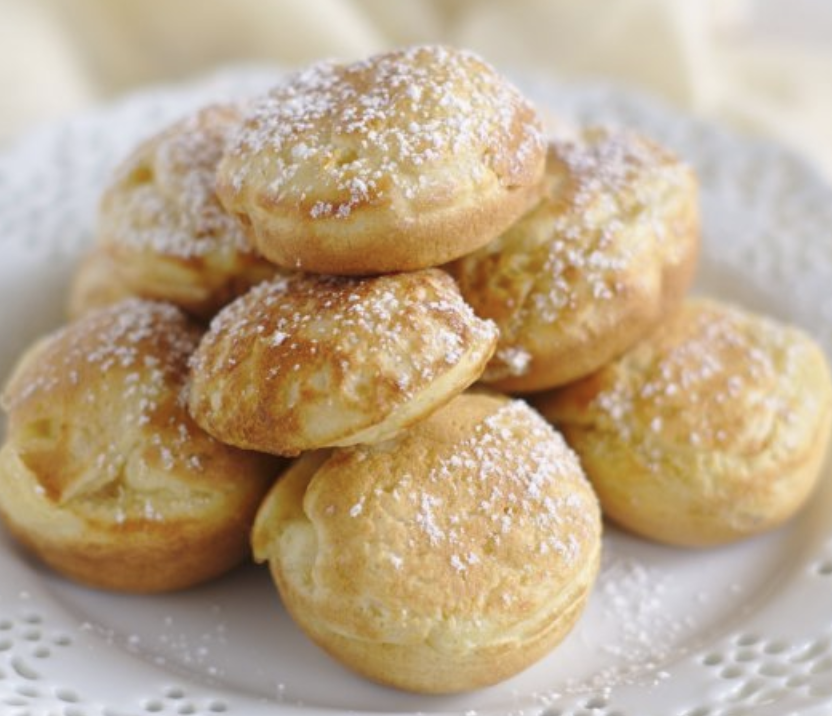Recipe:
“Basically, you take a piece of meat that’s probably pretty tough, but thinly sliced, you salt and pepper it, coat it with flour, brown it in a little bit of oil in the skillet. Um, you do this with as much meat as you’re going to cook. You put all the meat back in the skillet, barely cover it with water, and simmer it for as long as you have, an hour or two, ideally. Um, and the long simmering helps tenderize the meat and the flour forms its own gravy around the meat without any other extra work. And in Southern cooking gravy is always required. So, the classic recipe is kind of a hand-sized steak that, you know, is a serving for, you know, for each person. Um, by the time I knew about it, um, my mom had taken that recipe and changed it quite a bit. Uh, or in subtle ways, I guess. Uh, the salt and pepper became a classic, a family recipe of seasoned salt. So a special mix of, you know, herbs and spices, um, and the beef that was traditionally used for this, uh, we were hunters in our family and, uh, we started to use venison instead. And the deer in Texas are white-tailed deer that are smaller and so it’s hard to actually get many, um, large even hand-sized steaks out of a deer. Uh, so the pieces of meat became much smaller. Often bite-size pieces of meat. And often we would use the tenderest of the deer, what we call the backstrap which is the tenderloin of the deer, um, to, uh, make this recipe. Uh, and it was always one of the favorite recipes that my mom would cook for anyone, so, um, as I grew up and got married and started trying to cook this for myself, S and I would make our own modifications to it and the seasoned salt didn’t set well so we went back to salt and pepper and added some thyme in. Um, we didn’t have as much access to venison, being in California, so we moved back to either beef or lamb or, you know, that was pretty much it, but it works with just about anything. Um, and, uh, I guess that’s, that’s about the changes we’ve made. The other, you know, so that’s the basic recipe and evolution of it.”
Analysis:
The informant was my father, a 49-year-old engineer who currently lives in the San Francisco Bay Area, but who grew up in the area surrounding Austin, Texas. He is extremely interested in grilling and cooking and often cooks for large groups of people recreationally. His parents have owned various pieces of rural Texas land over the years, ending with a cattle ranch an hour outside of Austin. His mother grew up in Louisiana and East Texas, meaning “there’s a lot of both Southern and Cajun roots in what I learned from my parents.” The informant calls this a “class Southern recipe” that he used to make when he would help his mother in the kitchen. This is a recipe the informant learned from his mother and that he thinks she learned from her mother. He describes it as “an any-meal dish,” that he often has for dinner now. One of the biggest “three or four holidays” for his family growing up was “opening day of hunting season,” when they would go out hunting early in the morning. When they returned to the house, his mother would have smothered steak, biscuits, and eggs cooked for everyone. He describes this as a “traditional, kind of, fancy winter breakfast” for them. Of this experience, he says, “You just can’t imagine coming in out of the extreme cold, being out for several hours in 25 degree weather and coming in and having this meal.” He makes it because “it tastes really good” and it’s a dish that he has never seen anyone else cook the way his mom taught him to cook it, and when he cooks it for other people they are impressed by it. It “typically gets eaten until it’s gone.”
This recipe was collected while I was home for Spring Break and was told to me while I was having a drink with my father in our living room. I have had this dish many times throughout my life and it is one that is often requested by other families when my father is cooking a meal for them. I think one of the main reasons it is such a hit is that it really is amazingly tasty when it is done right, but it also appears startlingly simple to the casual observer. This is especially true in Northern California, where the emphasis in cuisine is on bright, fresh, and organic meals that are presented beautifully. Placing a large skillet of smothered steak next to these things can provide quite a contrast. I think all aspects of it appeal to people’s “rustic sensibilities,” by which I mean they feel they can indulge themselves and be Southern for a meal. I think the informant cooks it so much because it is fairly simple and because it reminds him of the ranch where most of his family still lives, 1700 miles away.

